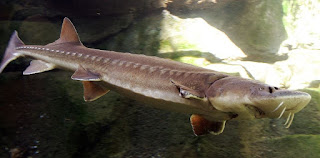A different take on falling damage
It's always bothered me a little bit that falling damage in D&D is something that can be withstood by having more hit points. Sword blows, sure; hit points represent the skill and combat reflexes to turn potential killing strokes into glancing blows and superficial wounds. Arrows are a little trickier, but it's still possible to envision saving oneself from a shot to the heart with honed instincts and conditioned reflexes. Falling, though... gravity and inertia don't give a flying fork about how good a warrior you are. We all fall at 9.8 meters per second squared. There's a certain limit within which it's conceivable that a nimble and trained person can control his landing so as to distribute the force of impact to minimize injury, but if you're falling 50 feet, it's much less likely to make a difference whether you land gracefully or awkwardly. It's possible to model something a bit more "realistic" without abandoning the essential 1d6-pe
